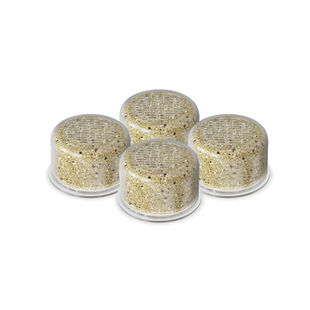Current UV Index in...

Temperature
20%

UV Index
20%
What is UV Index?
Although spending time in the sunshine is a popular pastime during summer, the high heat and humidity increase sunburn risks. The sun’s ultraviolet (UV) radiation also contributes to whether you’ll end up with a painful burn.
When you check the weather report, pay close attention to the UV index forecast. Developed in 1994 by the Environmental Protection Agency (EPA) and the National Weather Service (NWS), the UV index is a scale that measures the strength of UV radiation in relation to sunburn risks.

What is the best time for tanning?
The UV index ranges from 0, which indicates no UV radiation, to 11+. Tanning is safe when the UV index is 3 to 5. You can expose your skin to sunlight for up to 30 minutes before it starts to burn.
To reduce sunburn risks, it’s still important to wear sunscreen with SPF 15, a hat to protect your scalp, and sunglasses to shield your eyes.
What is the UV Index Today?
Use your ZIP code to look up the UV index for your area on the EPA website. The index is color-coded to indicate safety levels.
Remember, UV radiation exposure levels are highest in the early afternoon when the sun is at its highest point in the sky. The UV index is also higher in spring and summer when compared to fall and winter. Other factors that can affect the UV index include cloud and land covering, ozone levels, and altitude and latitude.

Green
UV index 0 to 2, indicates low levels of UV radiation requiring minimal protection

Yellow
UV index 3 to 5, indicates moderate levels of UV radiation requiring SPF and clothing protection and access to shade

Orange
UV index 6 to 7, indicates high levels of UV radiation with the same requirements as the moderate range

Red
UV index 8 to 10, indicates very high levels of UV radiation requiring extra SPF and clothing protection and access to shade

Violet
UV index 11+, indicates extreme levels of UV radiation with the same requirements as the very high range
How to Reduce Sunburn Risks

Outdoor skin protection
Wearing sunscreen, remaining in the shade, and keeping skin covered all help reduce the risk of sunburn from UV radiation, heat, and humidity. When the UV index is 6 to 10, it’s best to avoid sunlight (if possible). When the UV index is 11+, avoid outdoors as much as possible.

Indoor skin protection
Your skin needs to be protected indoors, too. Cranking the air conditioner is a common practice to beat the heat during the warmer months. Air conditioning takes moisture from the air, so it can also help on humid days—but this means it can have a drying effect on skin. The optimal range for indoor humidity levels is between 40% and 60%, which is why a humidifier comes in handy during spring and summer to combat the dryness and keep your skin’s moisture barrier strong.
Combat dry indoor air with a Canopy Humidifier.
4.2/5
"Would recommend 10/10 to anyone suffering from indoor dryness!"
Cool mist humidifiers are preferred over warm mist humidifiers during spring and summer because they won’t cause room temperature to increase.
Canopy’s built-in sensors provide optimal moisture levels based on environmental conditions to keep you comfortable.

Cool mist humidifiers are preferred over warm mist humidifiers during spring and summer because they won’t cause room temperature to increase.
Canopy’s built-in sensors provide optimal moisture levels based on environmental conditions to keep you comfortable.
Explore more dry skin solutions
Take a Peek Under the Canopy
Head over to our blog, Under the Canopy, to learn more about optimal humidity and the benefits of using a Humidifier in the summer.



























